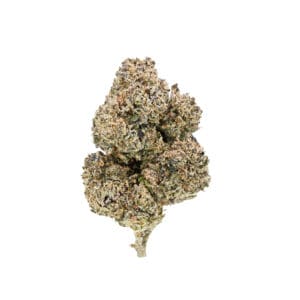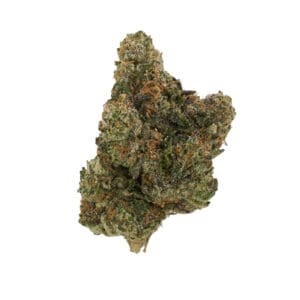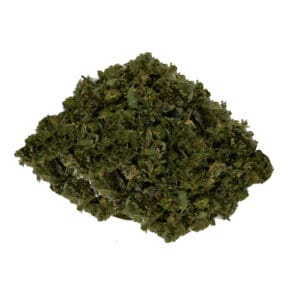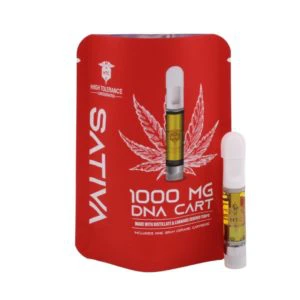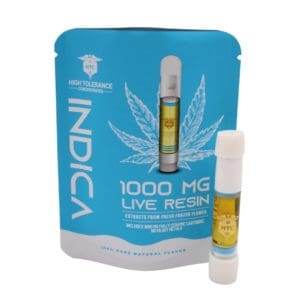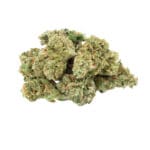- SHOP CBD
- SHOP THC
- INFO
About BPFG
Be Pain Free Global is a trusted natural medicine provider making a difference in people’s lives worldwide.
Reviews
Our reviews and testimonies speak for themselves. We focus on providing the best medicine and customer care for our clients
Customer Support
Learn more about our support process, how you can contact us at BPFG, and how we are here to help you.
Returns And Refunds
We have a 10-business day replacement policy, and we take all inquires very seriously. We are committed to quality products for you.
- MY ACCOUNT
- EDUCATION
Cannabis Insights
The Ultimate Cannabis And Health Education Platform Presented By Be Pain Free Global.
Videos
At BPFG, we work hard on collecting relevant videos for cannabis consumer education.
Wisdom
Just cannabis? No. We are all about consciousness, vision, proper nutrition, and holistic health.
Health and Healing
We have compiled great resources to help understand the benefits of cannabis for your health.
Strains And Terpenes
Check out what’s smoking on our strains and terpenes list. Featuring best strains curated by our editor.
Indica Strains
Indica's are known for their calming and sedating properties, usually leading to munchies, and sleep.
Sativa Strains
Sativa's are known for their ability to produce energetic feelings and creating a positive uplifting euphoria.
Hybrid Strains
Hybrids are a very popular with cannabis consumers due to the initial uplift followed by relaxation.
- REGISTRATION
Doctor Recommendation
Every case is different and requires individualized care. We have some great tips for doctor reccomendations.
Join Our Collective
Join our collective with a valid California medical recommendation to gain access today
Affiliate Details
Get the details on how our affiliate program works and how you can benefit by referring others
Affiliate Sign Up
Become a Be Pain Free Affiliate and earn lifetime commissions for your referrals


